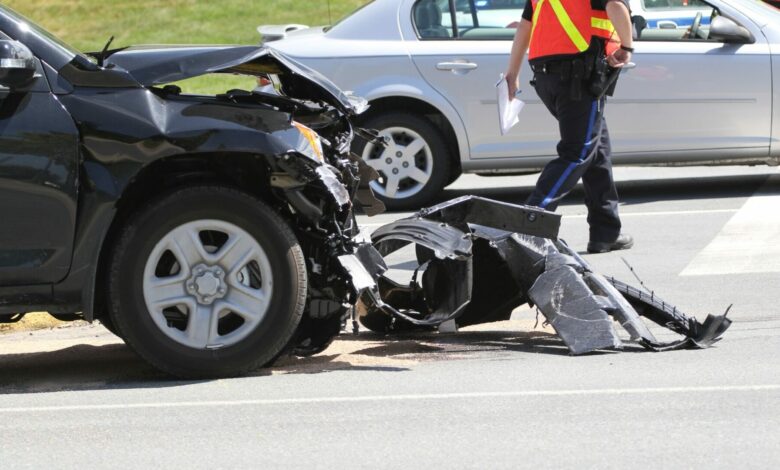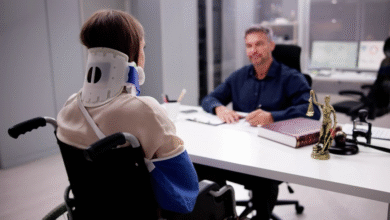How Car Accident Settlements Work in Practice Today
Injured in a Kansas City car accident? Learn how settlements work, what affects compensation, and why expert legal help makes all the difference.

Kansas City’s busy roadways see thousands of vehicles every day. With this constant traffic comes the unfortunate reality of car accidents that disrupt lives and create lasting financial and emotional burdens. For those injured in a collision, the process of recovering damages can feel overwhelming, especially when trying to understand how settlements actually work today. While the goal of a car accident settlement is to secure fair compensation without going to trial, the path to that resolution is rarely simple.
From filing the initial claim to negotiating terms and receiving payment, each step is shaped by insurance company tactics, medical evaluations, and legal strategy. Factors like the extent of injuries, clarity of fault, and insurance policy limits can all affect both the timeline and outcome. This is why many turn to experienced guidance from reputed attorneys and firms, like Kevin McManus Law’s car accident lawyers in Kansas City, to help them navigate this process with clarity and confidence.
Filing a Claim
This process consists of informing the insurer about the accident and submitting relevant information. It typically includes information regarding when, where, and how the accident occurred; what happened; who was involved; and any supporting evidence like photos and witness statements. This is essential to keep the process running smoothly and also helps keep records straight.
Assessment and Investigation
This is the first step in the process once a claim has been submitted. It involves looking into the accident to see who was responsible. Insurers may speak to witnesses, look at police reports, or assess the property damage on your vehicle. This assessment then helps them figure out who is accountable for the incident.
They also determine the severity of injuries and damages. This phase is heavily reliant upon medical records, repair estimates, and other forms of documentation. The purpose is to identify an amount that accurately represents the costs associated with the accident.
Negotiating the Settlement
The next step after assessment is negotiation. In this phase, negotiations between the victim and the insurance company take place to obtain a reasonable amount of compensation that will cover medical bills, lost wages, pain and suffering, and any other damages.
An attorney can act as a mediator, advocating for the injured party’s fair compensation and protecting their rights. Attorneys can adopt effective strategies, providing you with valuable knowledge and experience that are essential for negotiating a favorable settlement.
Factors Influencing Settlements
Many variables play into the final settlement amount. This may vary significantly when it comes to how severe the injuries are. The more serious the injury, the more compensation you are likely to receive; this is usually because it will require a lot of medical care and long-term recovery.
Liability also affects the outcome. Clear fault on one side facilitates easier negotiations and increases the likelihood of early settlements. If the liability is disputed, the process may take longer and require more evidence and possibly lawsuits.
Additionally, the terms of an insurance policy may limit the amount you ultimately receive. If the policy for the person who caused the collision only has low limits, the settlement may not fully cover the damages. In these situations, individuals may need to explore alternative avenues for receiving compensation.
Reaching an Agreement and
When both parties agree on the amount for the settlement, it is written out in an agreement. The document will detail the terms, such as how much compensation will be paid. By signing this agreement, the claimant affirms that they (or their legal representative) accept the settlement and compensation for their losses, waiving their right to sue for the accident and releasing the other party from any further obligation.
Before you go ahead and sign, you need to check this document very carefully. Once the agreement is signed, the insurance company will process the payment. Victims may receive a single payment, called a lump sum, or a series of payments as part of a structured settlement.
Conclusion
If you have been in a crash, understanding how car accident settlements work can help you navigate the process. From filing a claim to getting compensation, each stage is important. A fair settlement is more likely when you approach negotiations thoughtfully and work with experienced legal professionals.











